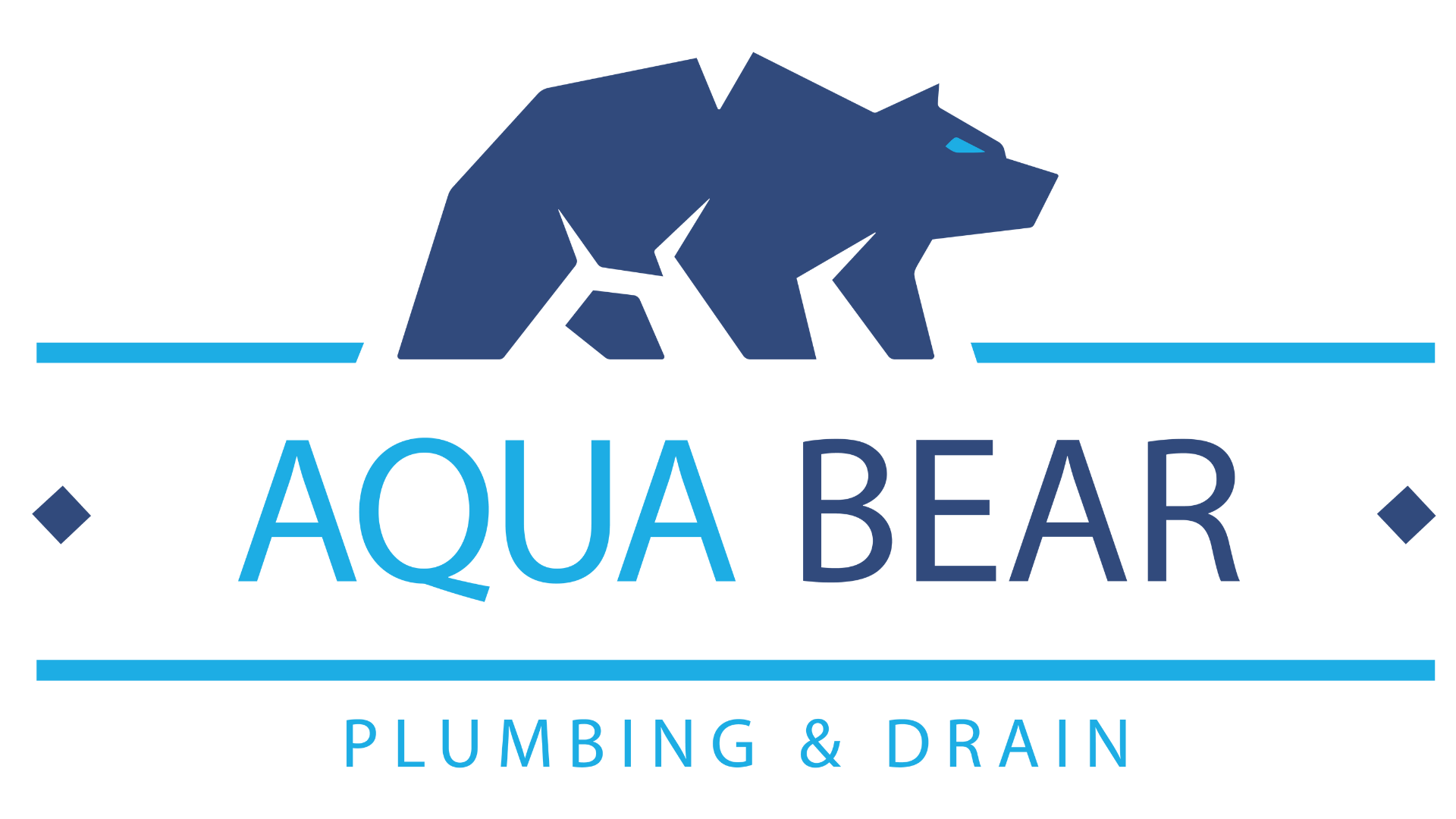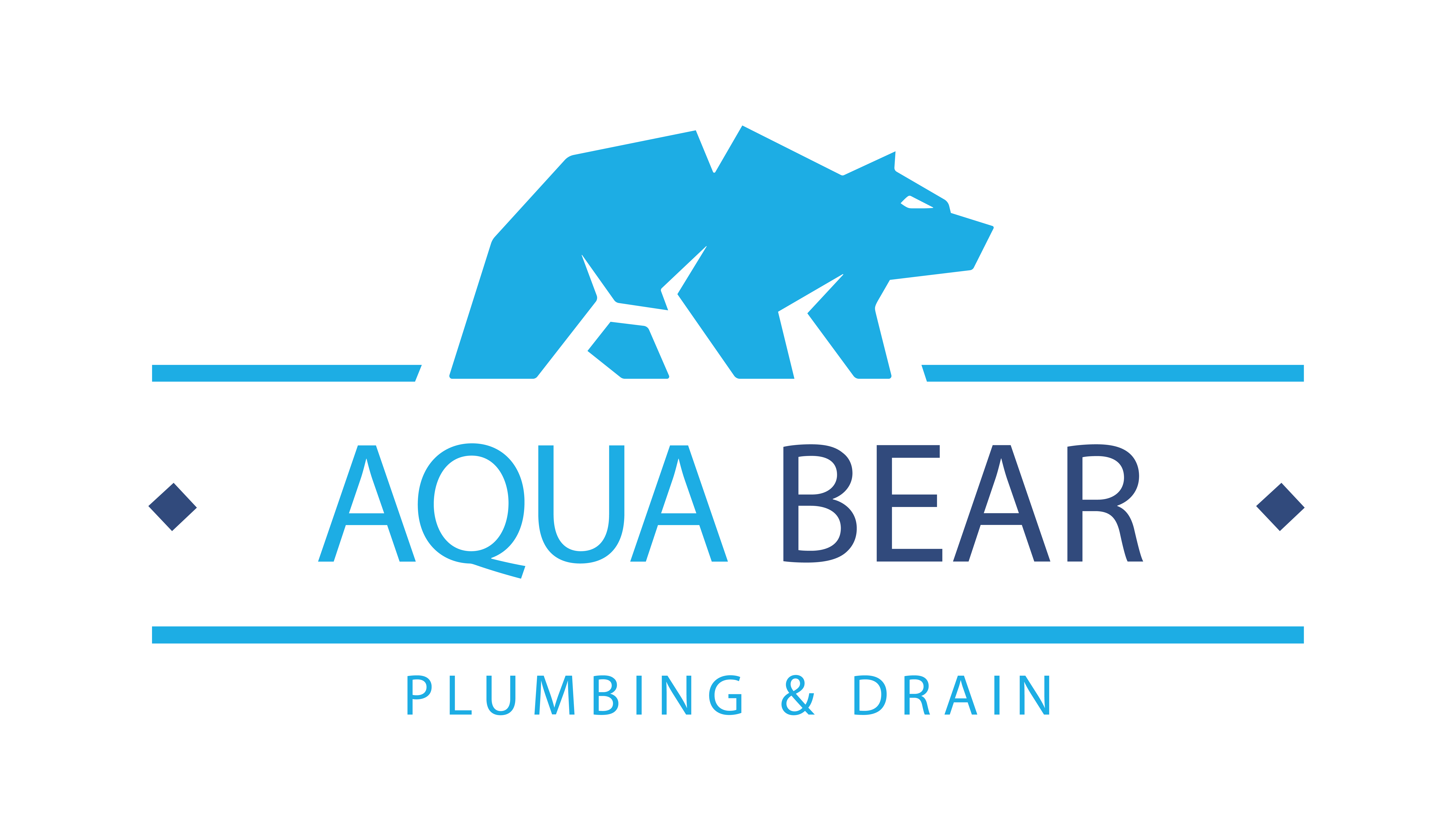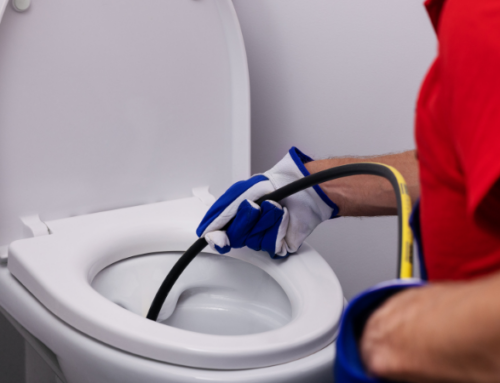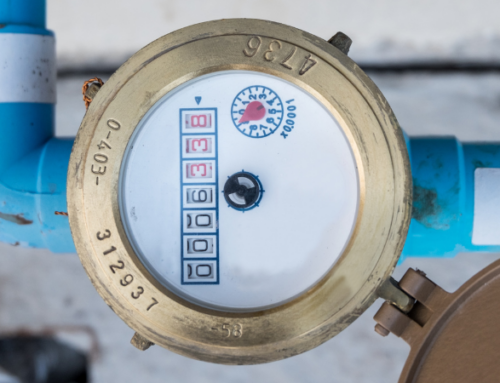In this article, we’ll explore how low water pressure contributes to clogged plumbing pipes, delve into the reasons why water pressure may be low, and highlight the signs to watch for.
Understanding Water Pressure
Water pressure is the force that propels water through our pipes and out of fixture outlets like faucets and showerheads. It is measured in pounds per square inch (psi). The ideal water pressure for a residential building typically ranges from 40 to 60 psi. When the pressure falls below this range, it is considered low and can start to affect the plumbing system adversely.
How Low Water Pressure Contributes to Clogs
You may not be aware of the relationship between low water pressure and clogged pipes, but these two issues are closely intertwined. Here, we will explain how reduced pressure and the factors contributing to it can lead to clogged pipes.
Reduced Flow Rate
Low water pressure means that water flows less forcefully through pipes. This reduced flow rate does not have the force needed to carry solid particles and debris effectively through the plumbing system. As a result, these lingering particles accumulate in the pipes, leading to blockages. Not only can clogged pipes be problematic, but they often create undue stress on pipes, leading to costly leaks.
Sediment Build-up
Areas affected by hard water are prone to low water pressures, as accumulating hard water minerals line the pipe’s interior and narrow it. This condition is especially prevalent in water heaters where sediment accumulations interfere with the heating elements, reducing heating efficiency and further decreasing the water pressure. This narrowing of the pipes, which, combined with low pressure, exacerbates the risk of clogs.
Increased Strain on Fixtures
When water pressure is low, users often leave taps and showers running longer to compensate for the water they need. This prolonged usage can lead to increased wear and tear on fixtures, which may start to malfunction or leak, further reducing water pressure and contributing to waste materials collecting in the pipes.
Causes of Low Water Pressure
Several factors can lead to low water pressure in a plumbing system, from municipal supply problems to an increase in simultaneous demand for hot water. Whatever the cause, the consequences of clogged plumbing are always a reality since there is not enough force to effectively remove solid waste products. Here are some causes and possible solutions.
Municipal Supply Issues
Sometimes, the problem originates from the municipal water supply, which could be due to maintenance works, supply-demand imbalances, or issues with the water mains. Reduced pressure from the main supply affects all connected properties, so talk to your neighbors first if you are experiencing low pressure.
Solution: Low pressure originating outside your home is out of your immediate control and should reestablish itself once the issue is corrected.
Corroded Piping
Over time, metal pipes may corrode, restricting the flow of water and reducing pressure. Corrosion is particularly common in older pipes and those made from galvanized steel. If severely corroded pipes are the cause of your pressure problems, you may need to replace your plumbing pipes.
Solution: If necessary, corroded pipes can be replaced, essentially giving you a brand-new plumbing system. In cases where corrosion has not completely overcome the pipes, a water softener can be installed to remove the hard water minerals that contribute to corrosion and pipe clogs.
Leaking Pipes
Leaks are a common culprit behind low water pressure. Even small leaks can have a significant impact on the overall system’s pressure, and they often go unnoticed until serious damage occurs. As water meant to reach your faucet begins to leak, the surrounding building materials quickly soak it up. This can lead to rotting sunstructures and mold and mildew growth.
Solution: Enroll in a yearly plumbing inspection so minor leaks can be repaired before low pressure and the resulting clogs have a chance to develop.
Faulty Pressure Regulators
Some homes are equipped with pressure regulators to maintain a stable pressure level. If the water entering the property is too high, adjustments will be made, and the same is true for low pressure. A malfunctioning regulator will not improve low pressure, and, as mentioned, clogs can form.
Solution: Replacing the pressure regulator is a simple job that will ensure consistent water pressure and prevent clogs from forming.
High Demand
Simultaneous use of multiple water fixtures, like showers, washing machines, and dishwashers, can also temporarily lower water pressure. This is more noticeable in homes with inadequate piping size or where the plumbing system has not been properly scaled to handle high water volumes.
Solution: Analyze the plumbing system and make necessary corrections to eliminate low pressure while multiple users are demanding water.
Signs of Low Water Pressure
Recognizing the early signs of low water pressure can help prevent the development of clogs and other related issues. Call a professional if you notice any of these conditions related to low pressure.
Slow Filling of Sinks and Bathtubs
One of the most noticeable signs of low water pressure is when sinks and bathtubs take longer to fill. This is not only frustrating but also a major waste of time.
Weak Shower Performance
A sudden decrease in shower pressure is a clear indicator that something is amiss with the plumbing system. While you may be tempted to ignore this issue, it can lead to compacted drain pipes, which may require professional care.
Variable Pressure
If water pressure is inconsistent, it might suggest issues with the pipes, like partial clogs or air entering the lines.
Noises
Sometimes, low pressure can cause whistling or banging sounds in the pipes, known as water hammer, which occurs when water flow is uneven or suddenly changes direction. Noisy plumbing may be a precursor to clogged plumbing pipes, so pay attention.
Lack Of Sufficient Hot Water
If your water heater seems to run out of hot water faster than usual, it could be due to low incoming water pressure. The fill valve refills the tank once hot water has been depleted at the taps. It requires good pressure to complete its job in a timely manner, and low pressure will affect its refill rate.
Looking For A Plumber To Address Low Water Pressure And The Resulting Clogged Pipes?
Low water pressure is more than just a minor inconvenience; it is a significant plumbing issue that can lead to clogs and extensive damage if not addressed promptly. As professional plumbers, it is essential to educate homeowners about the causes, signs, and preventive measures for low water pressure to prevent clogs from forming. Regular maintenance checks, timely repairs, and upgrading outdated components are crucial steps in ensuring that water pressure remains within an optimal range, thus maintaining the health of the plumbing system and preventing the occurrence of clogs.
Give us a call. We are licensed, insured, and experts at finding the causes of low water pressure and relieving the resulting clogs. You will be happy you called, and we will be thrilled to add you to our long list of valued customers!
